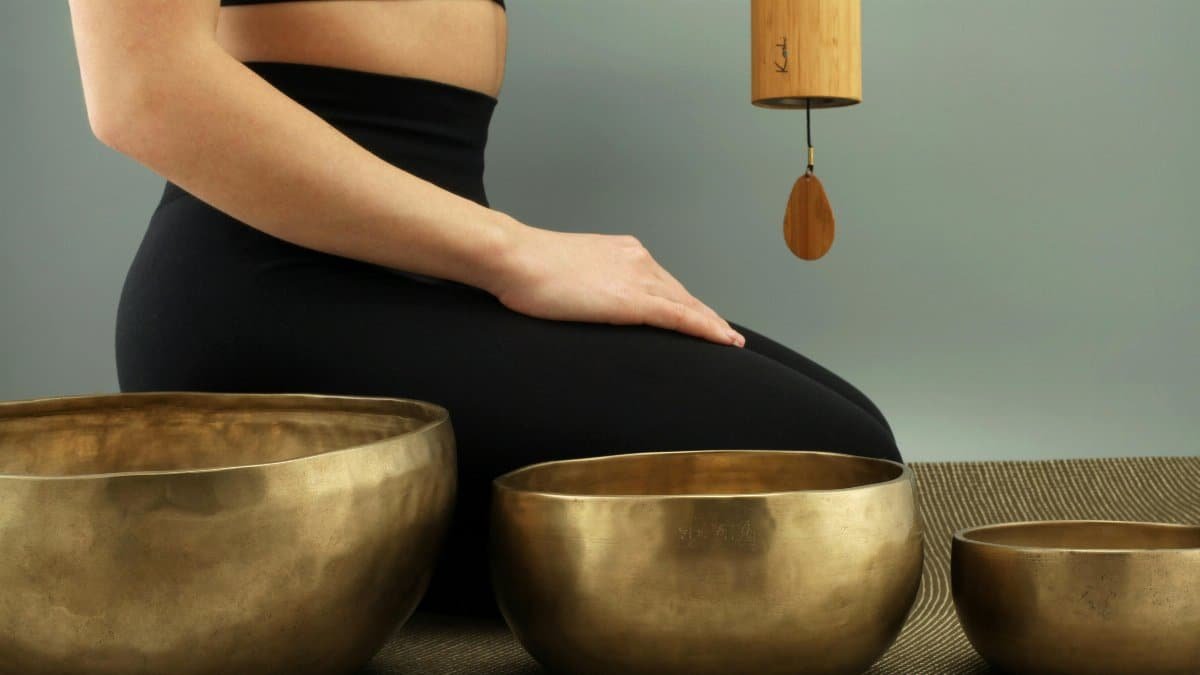Think of modern life as a relentless current, pulling us along with notifications, deadlines, and endless to-do lists. Most days, we’re barely aware of our own breath, let alone the world around us. Yet, a quiet revolution is stirring. Sensory tools force conscious living by anchoring us in the present, cutting through the noise with startling clarity. These aren’t just gadgets or fads; they’re deliberate instruments designed to wake us up, often whether we’re ready or not. In 2025, as mindfulness becomes less a buzzword and more a survival skill, such tools are gaining traction across the U.S., from urban offices to suburban homes. They tap into our senses—touch, sound, sight, even smell—to demand attention in ways that apps and reminders can’t. This isn’t about escaping reality but confronting it head-on. So, how do these tools work their magic? And why do they sometimes feel like a jolt we didn’t ask for? Let’s explore seven sensory tools that don’t just suggest conscious living—they insist on it.
1. Weighted Blankets: Gravity’s Gentle Nudge

Imagine sinking into bed after a chaotic day, only to feel an unexpected hug from your blanket. Weighted blankets, often filled with glass beads or pellets, apply a subtle pressure that mimics a therapeutic technique called deep pressure stimulation. This isn’t just about comfort. The weight—typically 10 to 25 pounds—triggers the release of serotonin, calming the nervous system. Studies from institutions like the National Institutes of Health suggest this can reduce anxiety and improve sleep quality. For many, it’s a forced pause. You can’t scroll mindlessly under that weight; the blanket demands you settle in, breathe, and be still. One user described it as “like being held accountable by gravity itself.” It’s no surprise these have surged in popularity since 2020, especially among middle-aged adults juggling stress. They don’t just help you sleep—they make you notice how rarely you truly rest.
But there’s a flip side. Some find the heaviness claustrophobic at first, a reminder of how unaccustomed we are to slowing down. That discomfort? It’s the tool doing its job, pushing past autopilot into awareness.
2. Aromatherapy Diffusers: Scent as a Wake-Up Call

Walk into a room where lavender or eucalyptus lingers in the air, and something shifts. Aromatherapy diffusers don’t just smell nice; they hijack your senses, pulling you into the moment. Scents like peppermint can sharpen focus, while others, like chamomile, ease tension. Research from Mayo Clinic highlights how olfactory stimulation can influence mood and memory. It’s not subtle. A whiff of citrus during a mid-afternoon slump can feel like a mental reset, forcing you to notice your fatigue—and address it. In homes across the U.S., these devices are becoming as common as coffee makers in 2025, often paired with essential oils tailored to specific needs.
Yet, there’s a catch. The intensity of scent can be jarring, especially if you’re not used to paying attention to your environment. One person recalled, “I didn’t realize how numb I’d become until the smell hit me. It was like remembering to feel.” That’s the power—and sometimes the discomfort—of sensory tools forcing conscious engagement.
3. Noise-Canceling Headphones: Silence That Screams
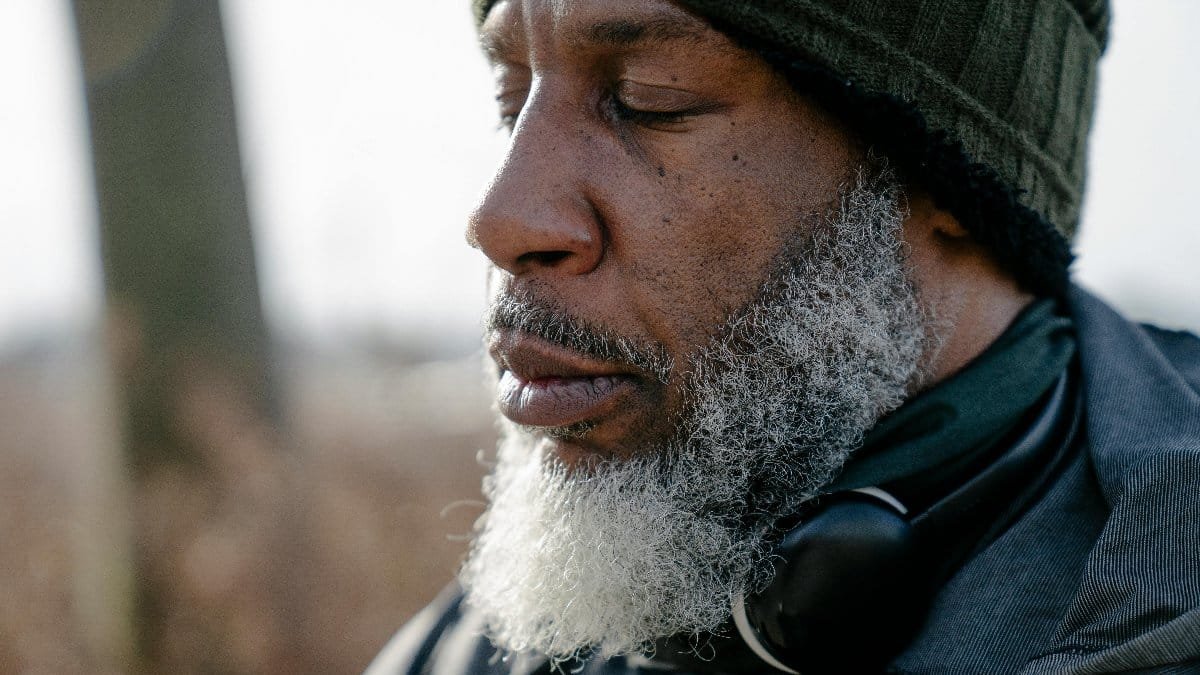
In a world of constant chatter, silence can be deafening. Noise-canceling headphones don’t just block out sound; they create a vacuum where your thoughts have nowhere to hide. Whether you’re on a crowded subway in Chicago or working from a noisy home office, slipping them on feels like stepping into a different reality. Suddenly, you hear your own breathing. Or the nagging worry you’ve been drowning out. This isn’t passive escapism—it’s a confrontation. A 2025 survey by Pew Research Center notes a spike in adults using these tools not just for focus, but for mental clarity. They strip away distraction, leaving you with yourself.
For some, that’s unsettling. Without background noise, there’s no buffer. You’re forced to sit with whatever’s bubbling beneath the surface. It’s a stark reminder of how rarely we choose true quiet—and how sensory tools force conscious reckoning when we least expect it.
4. Fidget Tools: Hands-On Awareness
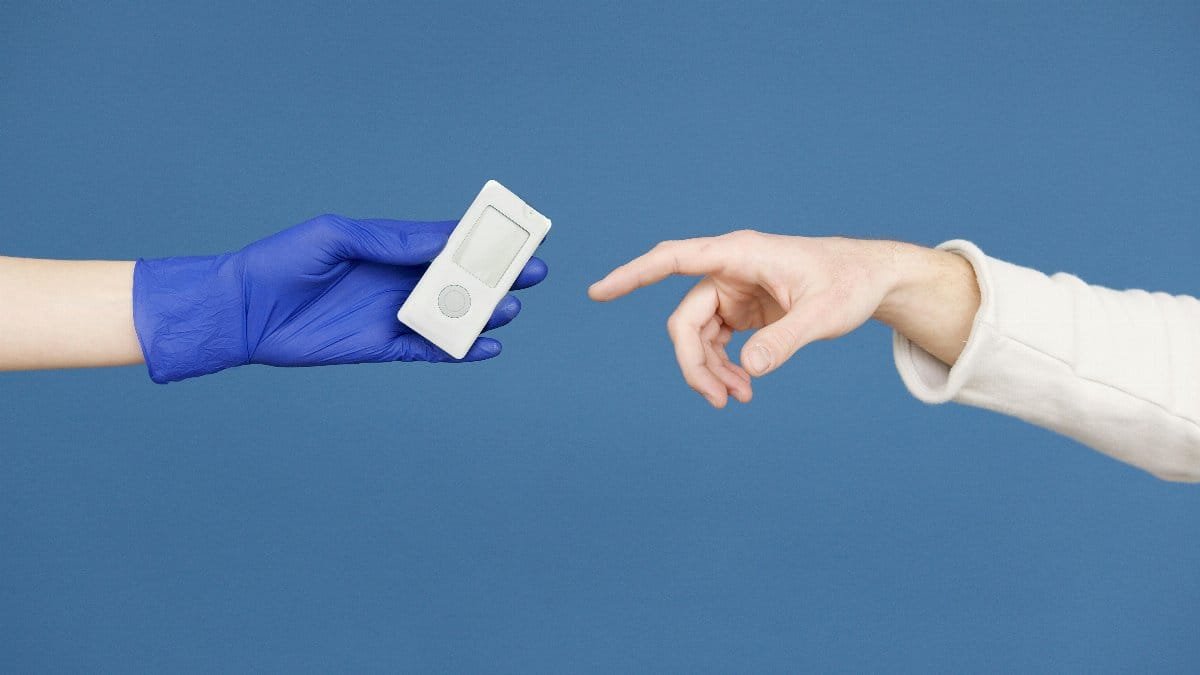
Ever catch yourself tapping a pen or twirling your hair during a tense moment? Fidget tools—think stress balls, spinners, or textured cubes—take that instinct and turn it into a deliberate act. They’re small, often pocket-sized, but their impact isn’t. By engaging your hands, they ground you in the physical world, pulling your mind away from spiraling thoughts. Occupational therapists have long endorsed these for anxiety management, as noted by resources from American Occupational Therapy Association. Squeezing a stress ball during a heated meeting doesn’t just release tension; it makes you notice you’re tense in the first place.
But here’s the twist: fidgeting can annoy others—or even yourself—if it becomes compulsive. The tool’s real power lies in making you aware of that edge. It’s less about distraction and more about recognizing your state of mind, ready or not.
5. Cold Therapy Tools: A Shock to the System
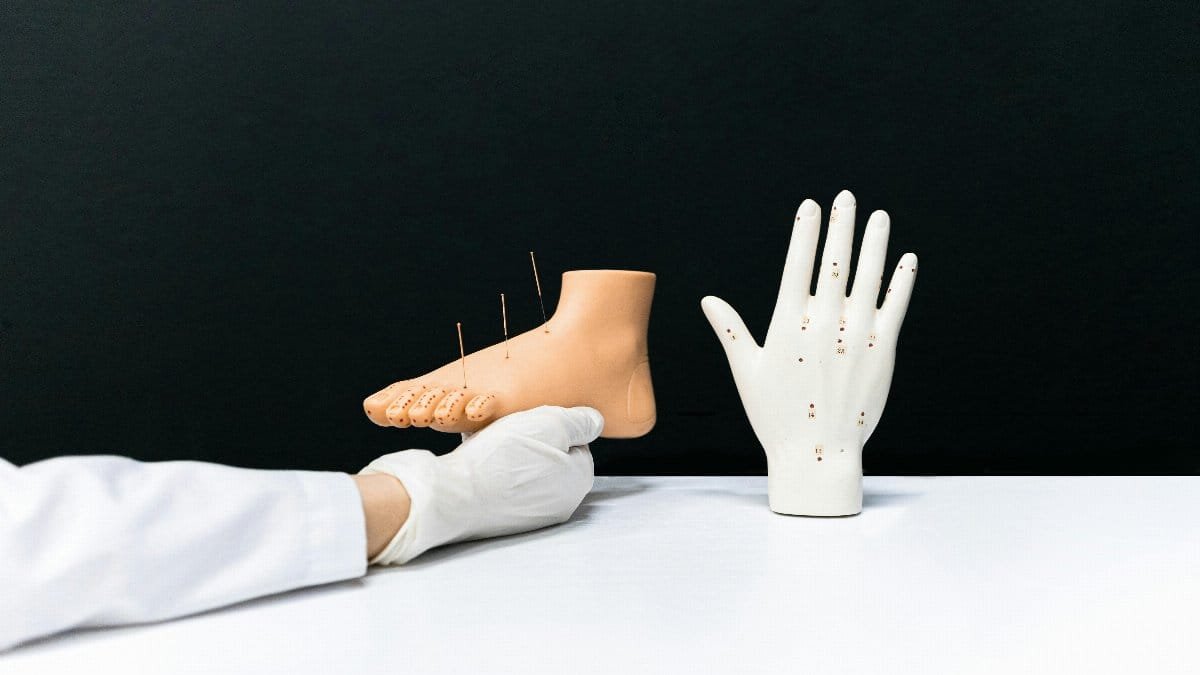
There’s nothing gentle about plunging your face into a bowl of ice water or stepping into a cold shower. Cold therapy tools, like ice rollers or portable cold packs, deliver a literal shock that snaps you into the present. The science backs this up—cold exposure can reduce inflammation and boost alertness by activating the parasympathetic nervous system. But beyond the physical, it’s a mental jolt. You can’t think about tomorrow’s deadline when your skin is tingling from the chill. It’s raw, immediate, and unignorable. In 2025, wellness trends show more Americans turning to these methods for quick resets during high-stress days.
Of course, it’s not for everyone. The initial discomfort can feel like too much, a forced awakening that borders on punishment. Yet, that’s the point. Sensory tools force conscious living by refusing to let you stay numb.
6. Textured Mats: Feet First Into Focus
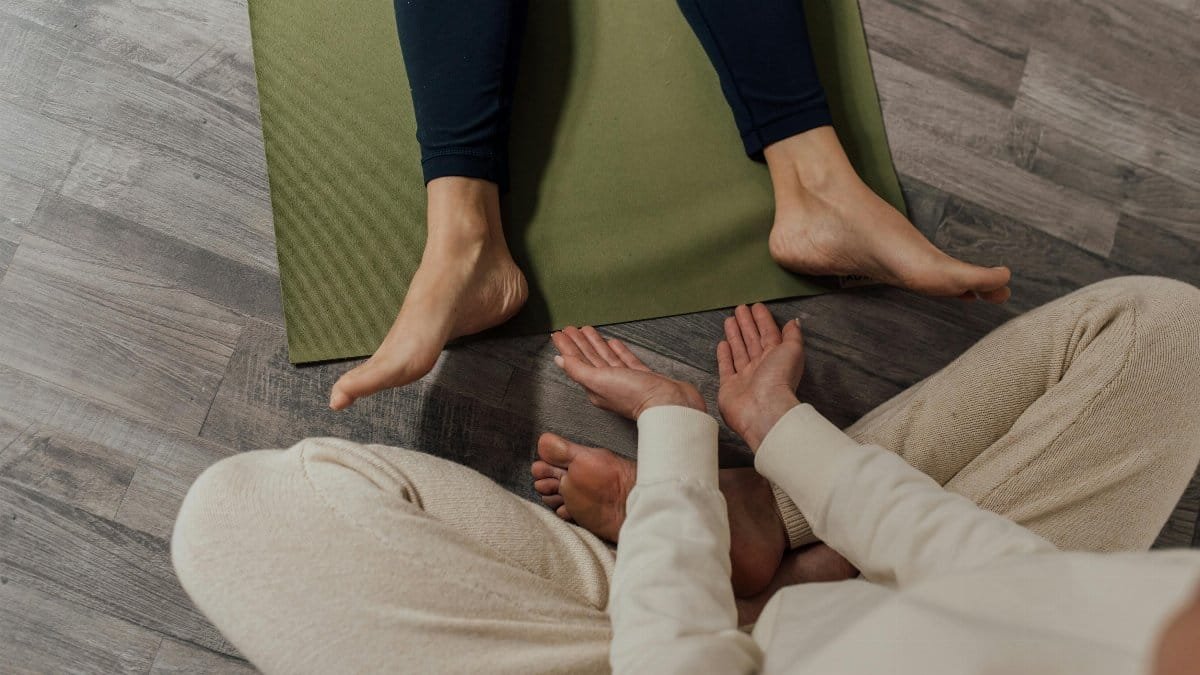
Stand barefoot on a textured mat, and the sensation underfoot is impossible to ignore. These mats, often used in yoga or sensory therapy, feature bumps, ridges, or pebbles that stimulate pressure points. They’re marketed as tools for balance or relaxation, but their real effect is grounding. Each step or shift in weight reminds you of your body’s connection to the earth. For middle-aged adults dealing with desk jobs or chronic stress, this can be a revelation. It’s not just physical—it’s a mental tether, yanking you out of overthinking and into the now.
Still, the unfamiliar sensation can be off-putting at first. Some describe it as “walking on a challenge.” That friction, though, is where the magic happens. It demands attention, a sensory nudge to stop drifting through the day.
7. Light Therapy Lamps: Illuminating More Than Rooms
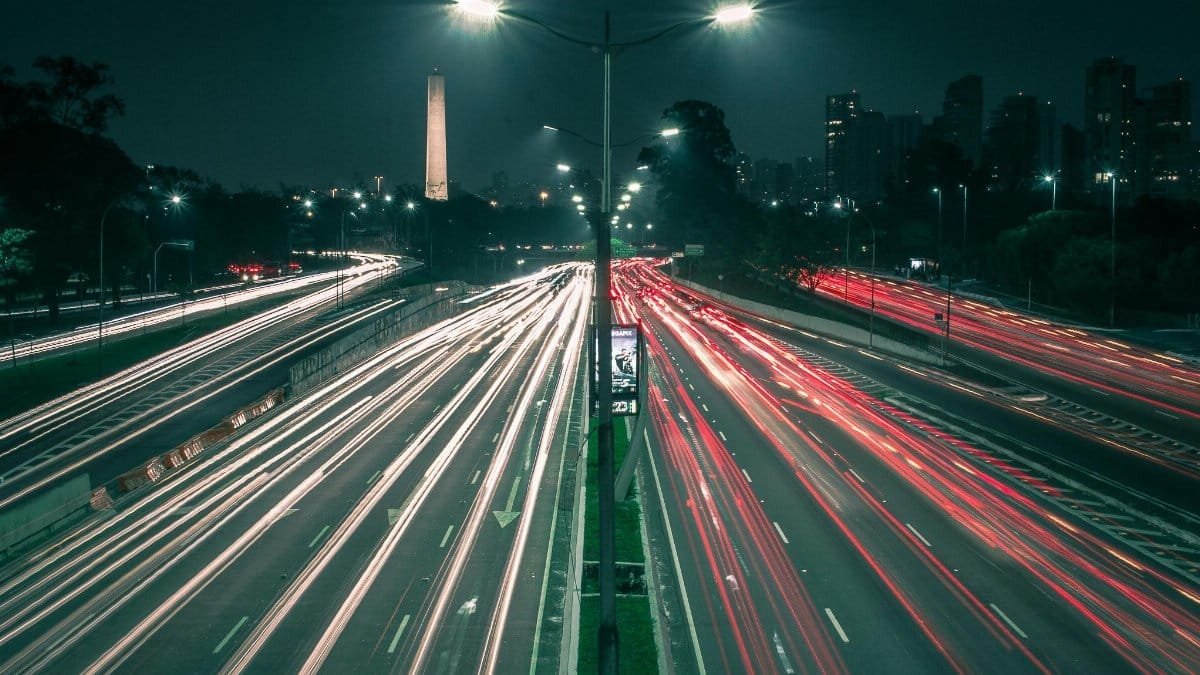
Winter in the Midwest can feel like living in perpetual dusk. Light therapy lamps, designed to mimic natural sunlight, combat seasonal affective disorder by regulating circadian rhythms. But their impact goes deeper. Sitting in front of one for 20 minutes feels like a curtain lifting—colors seem sharper, moods lighter. Beyond the biological benefits, these lamps force you to carve out time, to sit still under their glow. You start noticing the shadows in your mind as much as the brightness on your face. They’re a staple in many U.S. households now, especially as remote work blurs day and night in 2025.
Yet, the brightness can be stark, almost accusing. It highlights how often we dim our own awareness. One anonymous account shared online captured it well: “It wasn’t just the light. It was realizing how long I’d been in the dark.” That’s the unspoken power of sensory tools forcing conscious presence.
These seven tools—spanning weight, scent, sound, touch, cold, texture, and light—aren’t passive aids. They demand engagement, often catching us off guard. Sensory tools force conscious living by exploiting our most basic human wiring, bypassing the mental clutter we’ve built up. They’re not always comfortable. Sometimes they feel like a splash of cold water on a sleepy morning. But that’s exactly why they work. In a culture that thrives on distraction, they remind us what it means to be awake. Not just alive, but truly, stubbornly present. As we navigate an increasingly fragmented world in 2025, perhaps that’s the jolt we didn’t know we needed.
